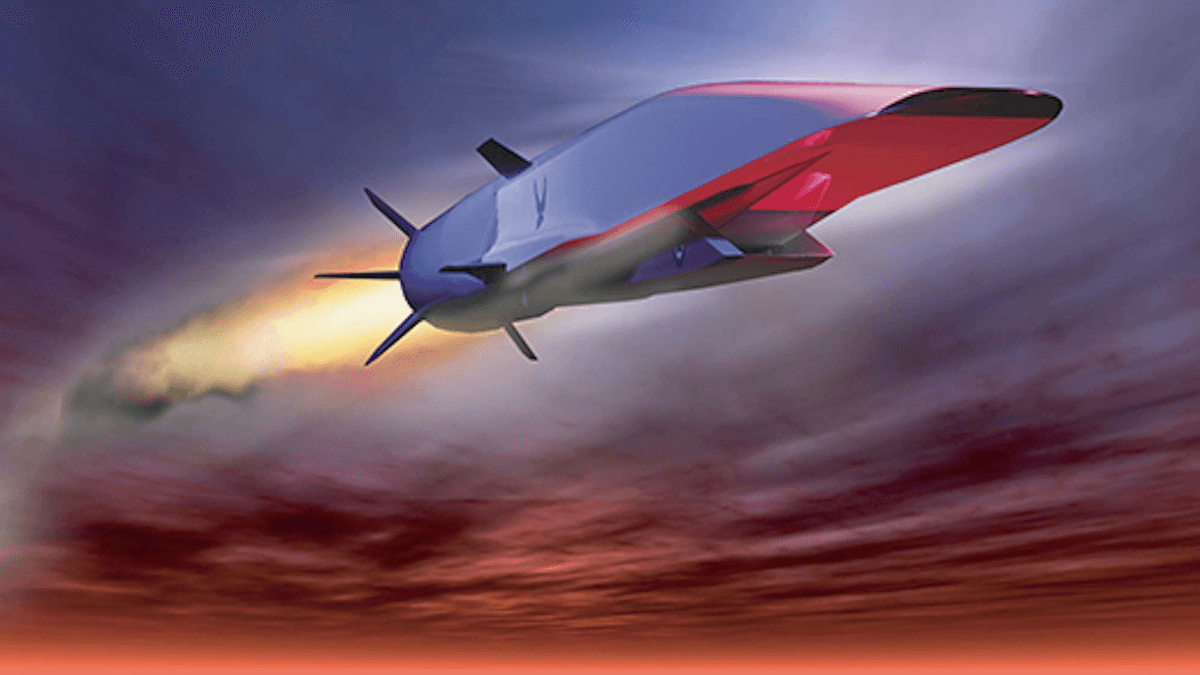Two aerospace engineering researchers at San Diego State University have developed a cutting-edge mathematical model that could significantly impact the future of hypersonic military aircraft, while also offering potential benefits in climate science and medicine.
The model focuses on predicting the behavior of fuel droplets and gas particles in detonation waves—extremely fast-moving shock waves present in scramjets and rocket engines used in hypersonic flight. By offering insight into how these particles move and interact, the new model enables more precise and advanced systems modeling than previously possible.
Continue reading… “New Computational Model Advances Hypersonic Aircraft Research”












